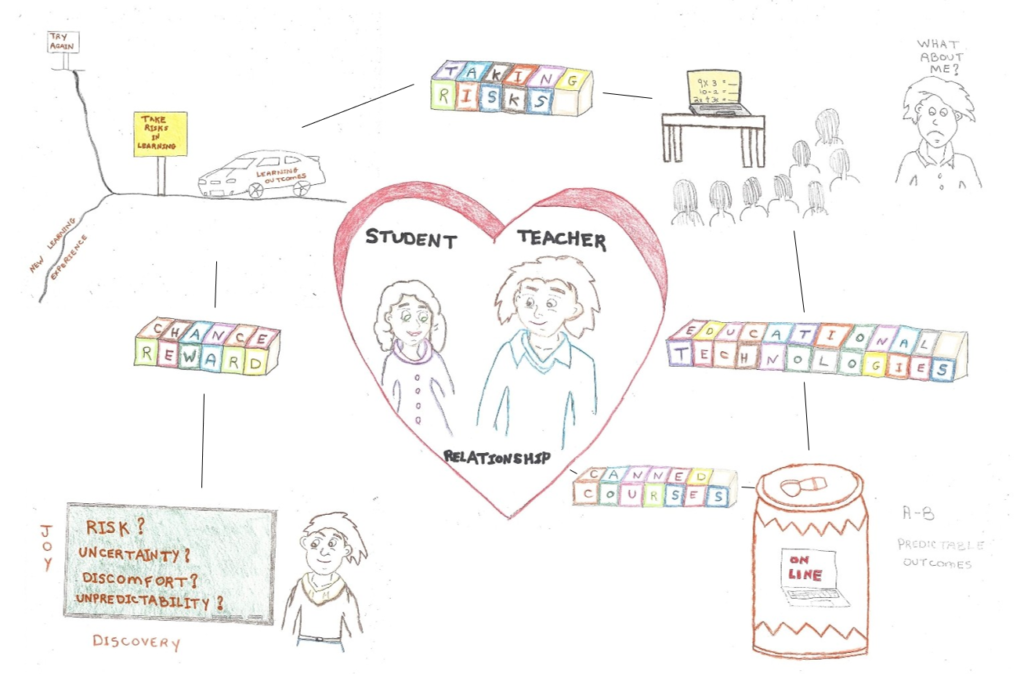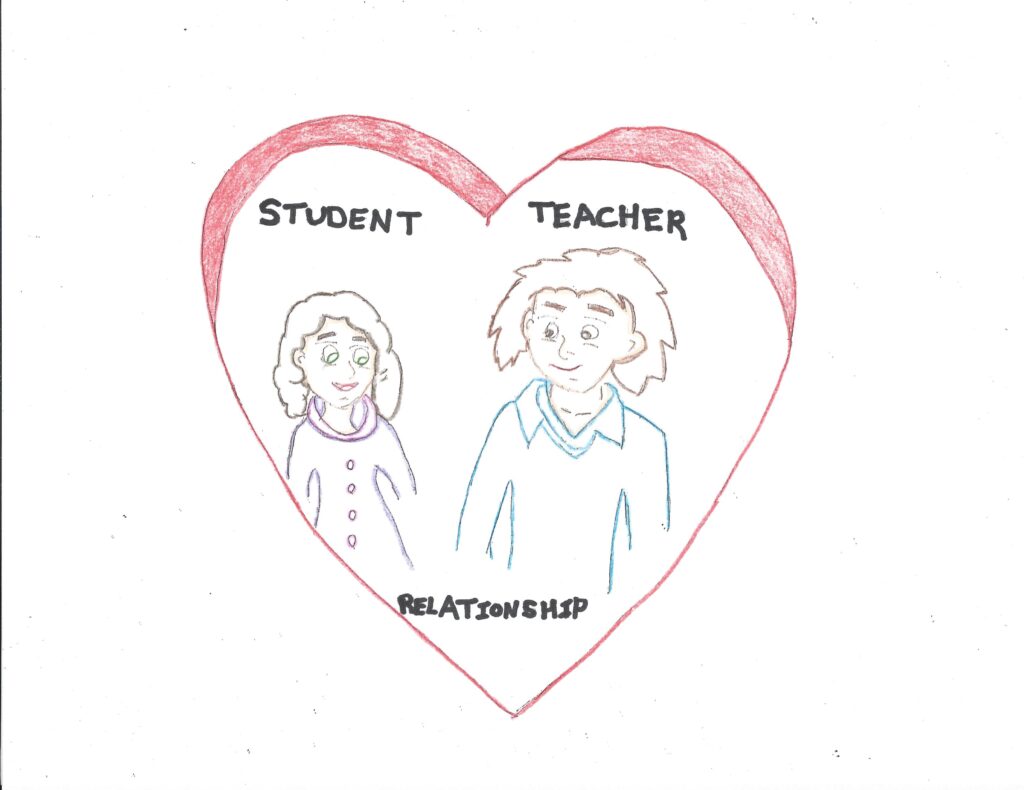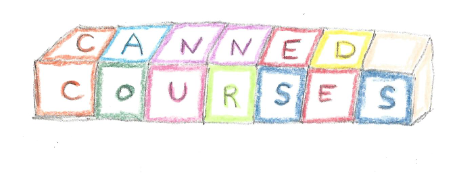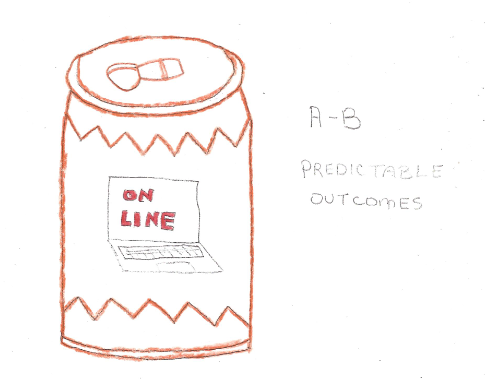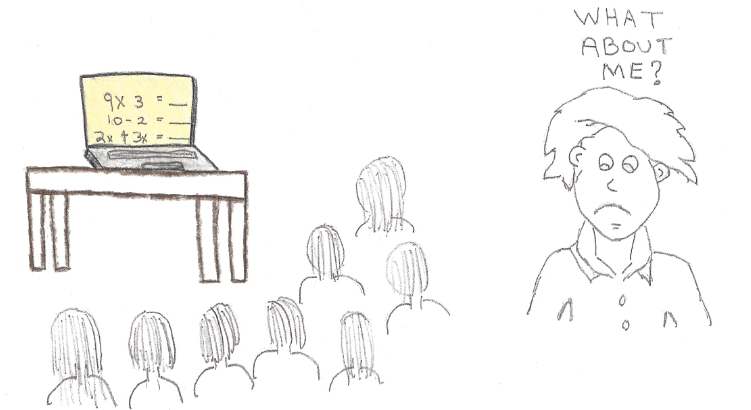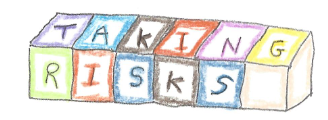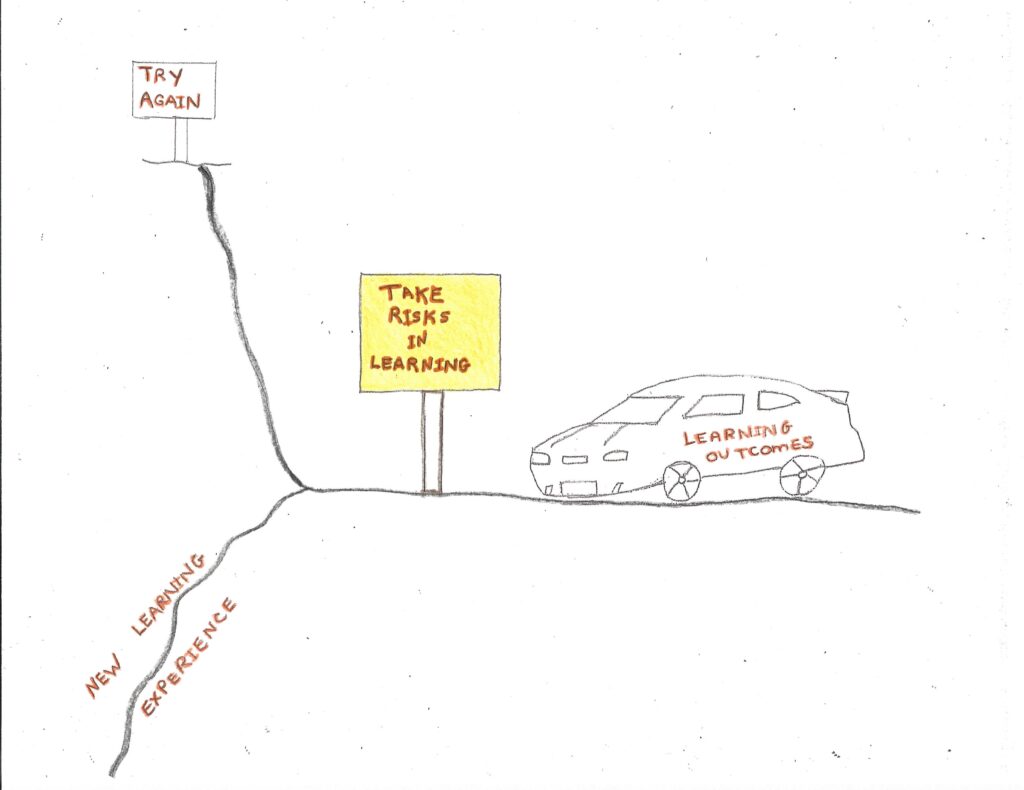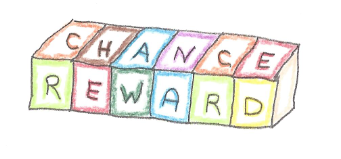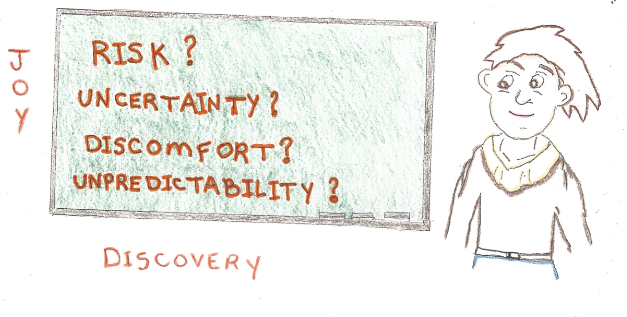Submitted By: Shantel Triolet Student ID: 104906459
I decided to write an infographic since it something new and I have never done anything like it before. I was very anxious when I picked an infographic because I am not very skillful with technology and working with new platforms always makes me nervous. This multimedia has allowed me to get out of my comfort zone and I used Canva to help me create this infographic. I found this format better than the sketchnote I did last time as it allowed me to focus on the key points and they were much easier to highlight and draw attention to. This infographic allowed me to be creative while still conveying the important detail from the module.
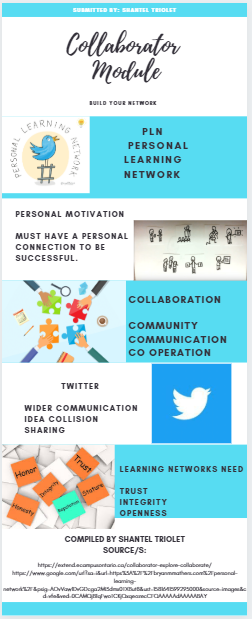
In the Collaborator Module the main focus is on creating, building, and maintaining your Personal Learning Network (PLN). One of the main points discussed is in the video Using Twitter Effectively in Education by Alec Couros, he mentions how Personal Learning Networks got their start and for a PLN to be successful educators need to be personally motivated and create connections with people that are about more than just work. People connected through hobbies and personal interests before working together to collaborate on projects.
In order for people to collaborator there must be a sense of community and knowing there are are other people that are helping you with your ideas while you do the same in return. There must also be communication as well as cooperation for PLNs to be successful since people need to work together to accomplish their goals and build on ideas.
One of the main resources this module highlights is Twitter since it is an online media and helps people to share ideas with people not only in their area but around the world. This wider communication has resulted in global collaboration and built an online community that is dedicated to helping educators and growing as an educator as well. More people connected to each other has resulted in larger PLNs and more idea collision which has revolutionized the way educators are communicating and working with one another.
Having access to a leaning network is not enough. For a learning network to be successful they require trust, integrity, and openness. Everyone must be honest but kind at the same time, and everyone must contribute in order for the network to be advantageous. It is also important to continuously keep adjusting and adding new people to your learning network. You must have an openness and be willing to constantly strive to be better and work with new people who bring new ideas and skills to the conversation.
After working through the issues and figuring out how I wanted the infographic to look I am content with the outcome. I have learned a lot about the importance of PLNs and through designing this infographic I feel i have a more in-depth understanding of the module than if I had just read it. I am looking forward to getting started on building my own PLN. I am looking forward to incorporating technology into my classroom and I will definitely encourage my students to get out of their comfort zone since the final product will be more than just a assignment, but a new learning experience and will hopefully instill the idea of trying new things to my students.





